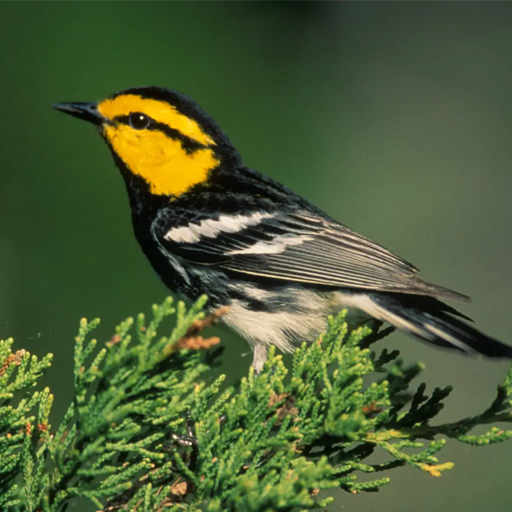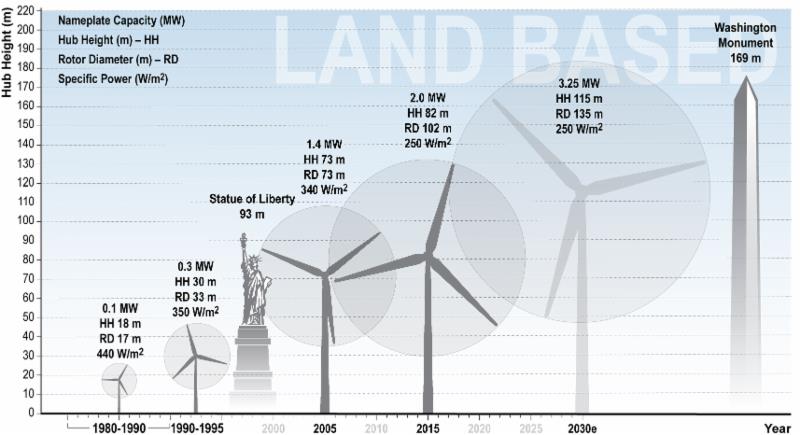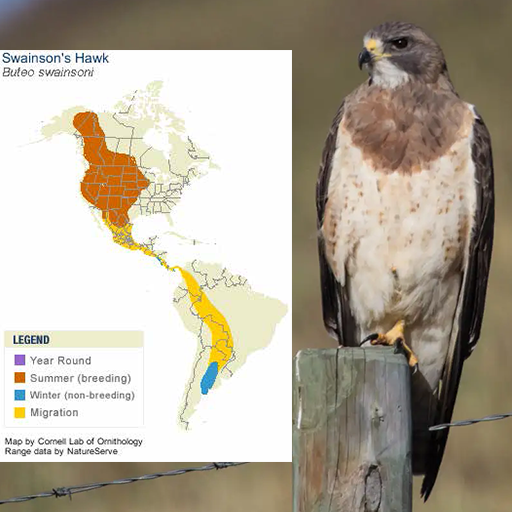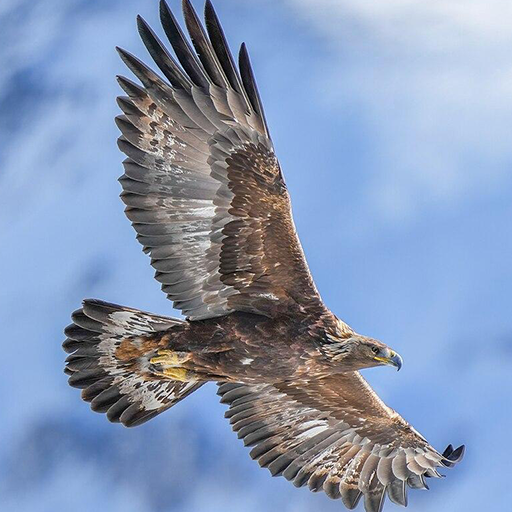Impacts to Texas Songbird Populations
Conservative estimates of bird fatalities at wind turbines range from 700,000 to 1.2 million birds a year.
Did you know?
- Songbirds are most affected by wind turbines, making up about three-quarters of bird casualties at U.S. wind turbine facilities.
- Common songbirds like sparrows and warblers typically fly at lower altitudes.
- Most North American songbirds are migratory. Songbirds face higher collision risks near wind facilities that are close to their stopover sites.

The golden-cheeked warbler is an endangered species of bird that breeds in Central Texas, from Palo Pinto County southwestward along the eastern and southern edge of the Edwards Plateau to Kinney County. It is the only bird species with a breeding range specific to Texas.

Higher Turbines, Higher Risks
Taller turbines with larger rotor swept areas, overlap with flight paths of migratory songbirds and bats, increasing risk of collision. Larger turbines also generate greater blade-tip vortices and wake turbulence, which affect birds and bats.
Raptors
Raptors are at high risk for collision with wind turbine blades because they have wind-specific flight behaviors and typically soar during high winds, bringing them to the same elevation as wind turbine blades. Raptor populations are at the greatest risk of all bird species from human activities because they tend to mature late, be long-lived, and lay few eggs.
Wind farms are often located in open areas that also serve as prime hunting grounds for raptors, which increases the likelihood of raptors encountering wind turbines during their daily activities. The most spectacular of raptor hunting techniques is the “stoop,” where they dive-bomb flying prey from above, often with the sun directly behind them. This makes it harder for them to detect and avoid turbine blades in time. Unlike smaller, more agile birds, raptors cannot quickly change direction or speed when they encounter an obstacle, making them more susceptible to collisions.
When driving through West Texas, there are few sights more familiar than a Swainson’s Hawk sitting on a fence post. Did you know that these hawks migrate so far as Argentina?

Swainson’s Hawk

Golden Eagle
Wind turbine companies are killing far more Bald and Golden Eagles than they had planned for. Duke Energy, PacifiCorp and NextEra Energy have all been prosecuted for continuing to kill eagles despite warnings from wildlife officials. They have all since received or applied for permits allowing accidental eagle killings without penalties, provided they take steps to minimize the numbers. Some of these permits include direct payments for dead eagles — about $30,000 per bird. Numerous permits allow the killing of bald eagles with no compensation required.
In 2024, rule revisions by the U.S. Fish and Wildlife Service (USFWS) for eagle take permitting under the Bald and Golden Eagle Protection Act made it easier and cheaper for companies to build into eagle nesting grounds.
Dozens of permits approved or pending issued to wind farms will allow the killing of approximately 6,000 eagles over several decades. More than half of the birds affected will be golden eagles.

